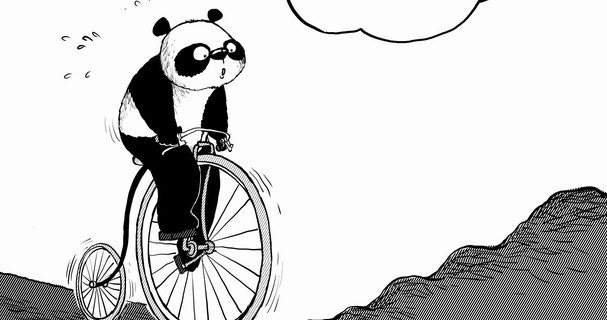

There is a low risk of a hard landing for China's economy, according to a UN report released by the United Nations Department of Social and Economic Affairs.
 China should launch another stimulus to bolster stable growth, but in a way that promotes long-term growth with fewer bubbles and less inequality.
China should launch another stimulus to bolster stable growth, but in a way that promotes long-term growth with fewer bubbles and less inequality.
The government vowed to make changes to macroeconomic policy. Focus should be on lower-priced housing, and energy-efficient products.
State-owned enterprises need to better interact with non-State-owned companies to promote the joint development of all and the only way for China to advance is to walk on both legs.
China needs to speed the pace of domestic reform and change its economic model to become less reliant on exports and reduce the impact of crises such as the one roiling Europe.
How can China maintain a good growth rate while steering clear of the twin obstacles of sky-rocketing prices and investment bubbles?
China cannot rely on consumption to combat challenges. Upgrading manufacturing industries and developing new advantages are crucial.
China's inbound foreign direct investment has been falling since November, the longest period of declines since the global financial crisis.
Chinese banks will find it difficult to make big profits just by lending more, and should adapt to the transformation of the growth pattern
The hope of transforming the development model lies in increasing urban and rural residents' incomes to release their consumption potential.
The monetary authorities should not ignore the likelihood that the increased liquidity will push prices further higher.